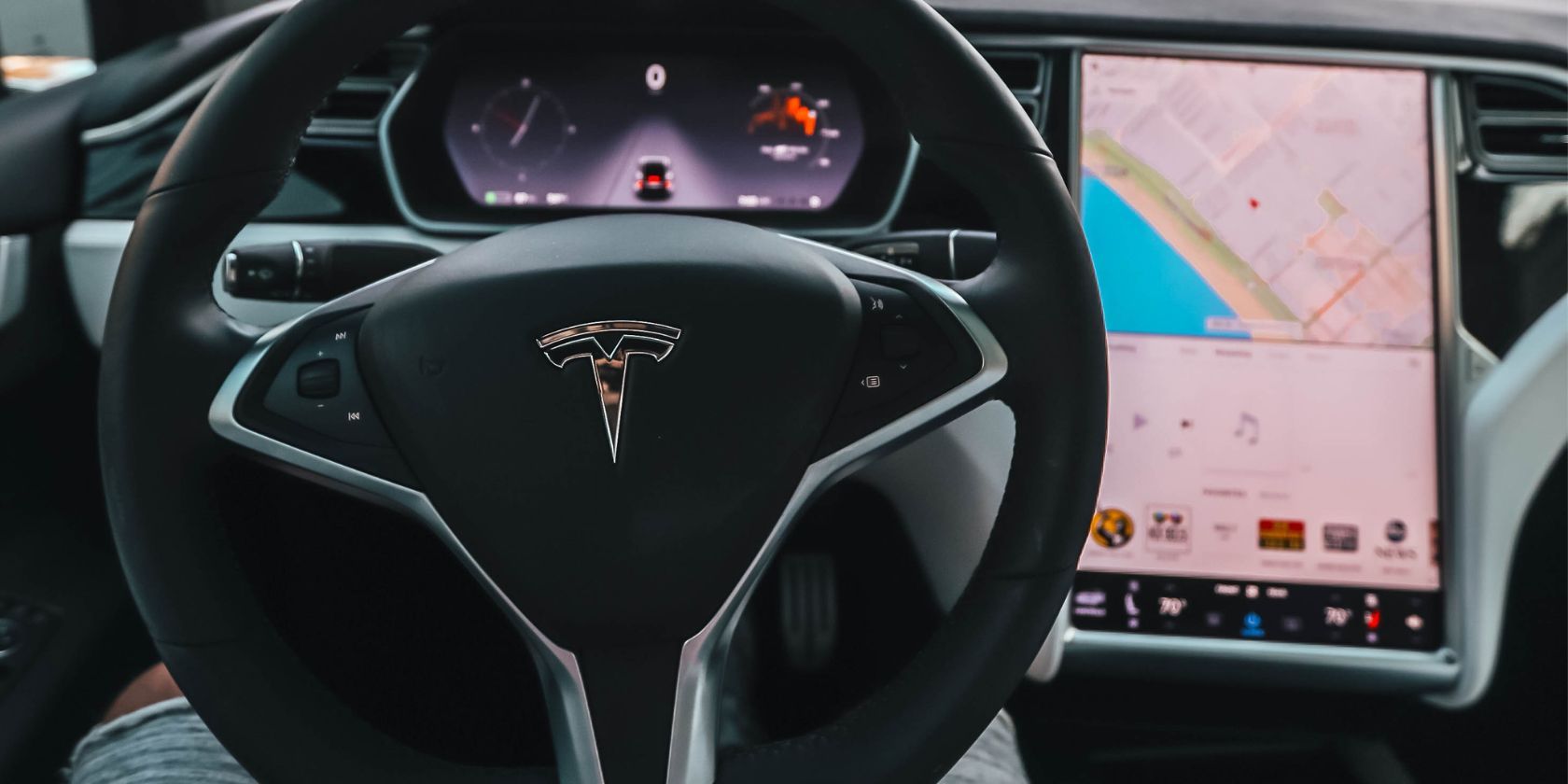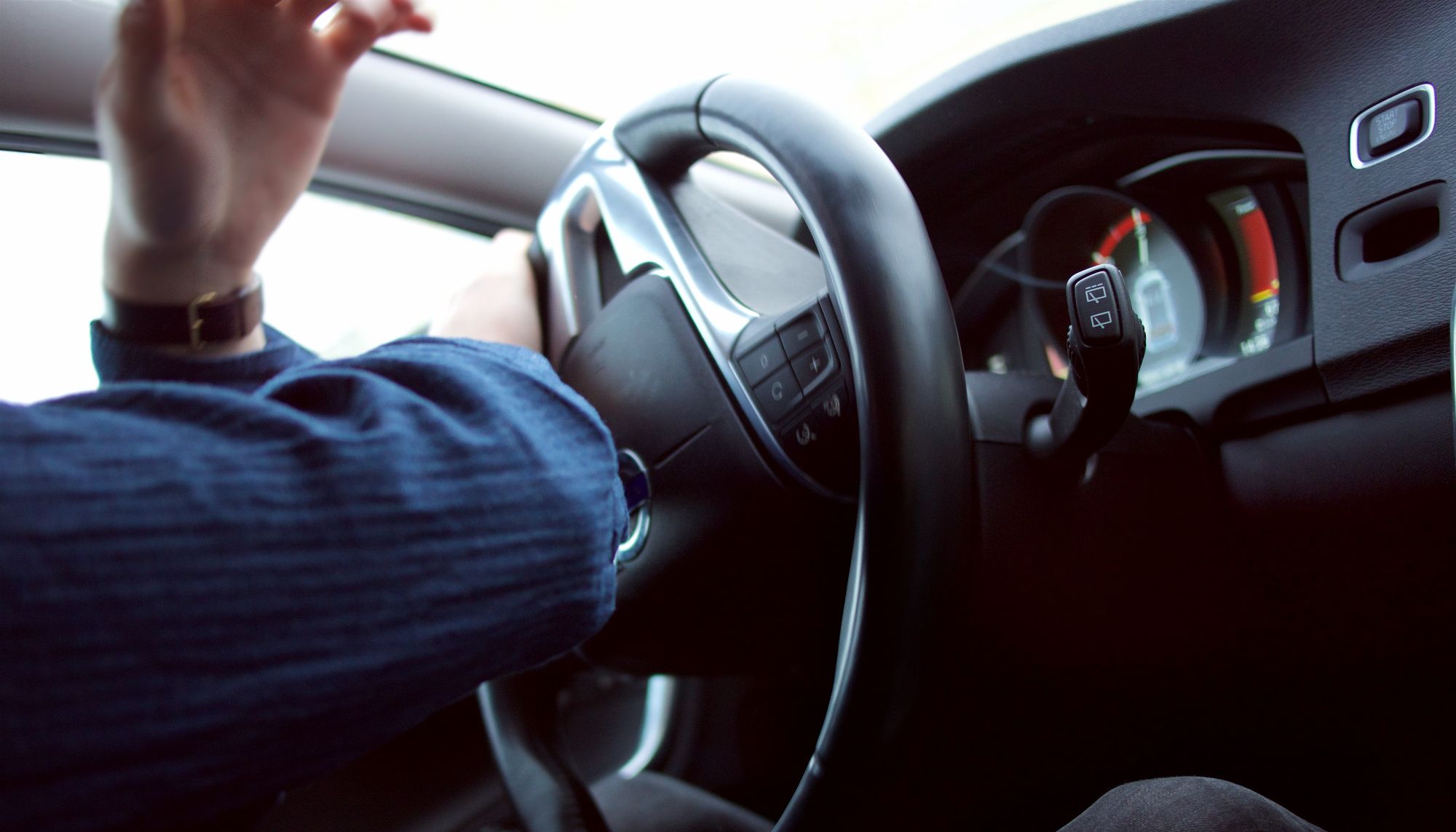With artificial intelligence advancing constantly in our modern world, it's no surprise that we're seeing it pop up in multiple industries, including the automotive industry. While AI can be used in car design and production, it's now also present in car functions.
But is it really a good idea to use artificial intelligence in cars, or is it simply a disaster waiting to happen?
How Is AI Used in Cars?
While roads aren't full of automated, self-driving cars just yet, artificial intelligence is still present in certain parts of cars. Currently, artificial intelligence is most commonly seen in EVs (electric vehicles). This includes not only electric cars, but also electric motorcycles and electric vans. Some EV manufacturers, such as Tesla, have a clear focus on AI integration.
So, what specific role does AI play here, and what features could be added to modern cars?
1. Accident Prevention
According to the Centers for Disease Control and Prevention, 1.35 million people are killed every year in vehicular accidents globally. Daily, that's a shocking 3,700 people losing their lives. Road traffic accidents are all too common, but artificial intelligence may be able to lend a helping hand in preventing them.
Accident prevention is a key element in many of today's most modern cars. For example, Tesla has a feature known as Collision Avoidance Assist, which provides collision warnings, emergency braking, and obstacle-aware acceleration. Moreover, Autonomous Emergency Braking has been used on commercial and passenger vehicles as early as 2013, and it has become mandatory on all cars sold in Europe after July 2022.
As part of its collision prevention features, AI can be developed to one day monitor and analyze a driver's behavior on the road to determine what mistakes they commonly make while driving. Maybe a driver regularly brakes suddenly or doesn't use their indicator when turning. These habits can be noted by AI and used to better prevent the driver from having an accident.
2. Steering and Braking Assistance
Roads aren't always easy to navigate, especially when weather conditions are poor. But using AI, the process of driving in more treacherous scenarios could be simplified. AI can prove useful when having to steer through thick fog, torrential rain, or uneven terrain.
What's more, AI's ability to sense hazards and make real-time adjustments can help with brake assistance. Perhaps you're approaching a vehicle or set of traffic lights a little too quickly, or the current conditions call for a much longer braking distance. With AI, your vehicle could be slowed more gradually and safely to prevent accidents.
Tesla is at the forefront of using AI to make cars drive autonomously. It launched Autopilot in 2014, which is a semi-autonomous driving system that does possess some AI-like qualities. Since 2020, it's been testing a more advanced (and even more AI-dependent) version called Full Self-Driving, which is currently in a public beta stage. Even though it has been the source of mixed opinions due to its wildly varying performance, the fact that it relies on a neural network that actually allows the system to "learn" is a remarkable achievement.
3. Automated Parking
Parking can be a real challenge. Many drivers dent or scratch their vehicle when trying to fit it into a tight space, so having an AI-powered feature to aid you in parking can be a huge benefit—making parking safer for not only the driver, but also pedestrians and other parked cars.
While many vehicles already have parking sensors that tell you the distance to an obstacle, some also use their exterior cameras in conjunction with their sensor array to actually park themselves, and the driver doesn't need to touch any of the controls.
In Tesla's case, this feature is called Autopark, and it will slot the vehicle into a parallel or perpendicular parking spot all on its own. However, AI plays no part in self-parking a Tesla with Autopark. Company CEO Elon Musk announced in 2022 that Tesla's AI teams were working to improve this feature, so we may see further enhancements once this feature becomes AI-powered.
Potential Future Uses of AI in Cars
While currently developing AI uses within cars are already impressive, things are unlikely to stop there. In the future, we may see AI used in cars for many more purposes, including:
- Automatically driving in place of a human.
- Intelligently communicating with other vehicles.
- Conducting driving tests.
- Determining whether older individuals are fit to be on the road.
These features all have the potential to improve safety and convenience when driving, but there are some important factors to consider before we jump head-first into the world of AI-powered driving.
Can AI Be Trusted in Our Vehicles?
While the above uses of AI could do a lot of good, there are also a number of risks that should be acknowledged when it comes to AI in automobiles, starting with technical errors.
Because AI is a form of technology, it is susceptible to system errors. While this can happen in a car without AI, relying on intelligent machines to keep us safe could prove perilous if the technology itself fails. Say, for example, your car's AI-powered hazard perception feature malfunctions while you're on the road. If you're relying on your car to warn you of risks, you may be less concerned with looking for them yourself. So, if there is a system error that you are unaware of, you could easily put yourself in danger on the road.
In the case of self-driving cars, the risks may already be blindingly obvious to some. The chance of a self-driving car malfunctioning and causing accidents instead of preventing them is very real, especially while self-driving systems are in their experimental stage (such as Tesla's Full Self-Driving Beta feature). It was found by the National Law Review that there are 9.1 self-driving car accidents per million miles driven, which is over double that of regular cars. There are many car models offering self-driving features, so the risks must be considered.
Self-driving cars also pose other possible issues, such as faulty navigation. If you set a destination and the navigation system fails, the self-driving feature may take you somewhere different, unless a fail-safe is built into the system to prevent it from driving you off a cliff or into a lake.
In a Stanford Engineering article, the competence and safety of AI were explored, with the author stating that:
[Self-driving cars] find it more difficult to detect, classify, and act upon information gleaned from the environment than their human counterparts, including how to accurately detect and react to unexpected challenges like a large obstacle in the road or a child darting out between parked cars.
This raises a key point about how much AI can be trusted with full autonomy. In the same article, it was also written that "designers, engineers and regulators must operate under the assumption that autonomous technology is not, and may never be, perfect and that some interaction between system and driver will always be necessary." If such considerations aren't made, it may well result in a lot of issues, putting human users at risk.
Tesla's Elon Musk was very optimistic when his company launched Full Self-Driving, predicting that within just a few years, the manufacturer's vehicles would drive autonomously without human intervention or even the need for physical controls. However, he and his team have discovered that the task of getting cars to self-drive, even with AI and some of the world's most powerful computers behind it, is proving a far more difficult and time-consuming task than first thought.
An increasing reliance on AI for driving may also cause an overall drop in driver skill and responsibility. We all have to pass a driving test before we can hit the road on our own, but such tests and driver requirements overall may loosen if automated driving becomes commonplace. After all, if a car can easily drive for you, what's the point in learning all the rules of the road?
AI-Powered Cars Have Their Benefits and Drawbacks
We've already seen how AI can benefit us in many ways, both in and out of the automotive industry. But it's important to acknowledge the multiple ways in which things can go wrong when we rely on this technology to travel, and the improvements that need to be made before we can trust it completely. Who knows, one day we may all be sitting back in our own autonomous cars without a care in the world.


